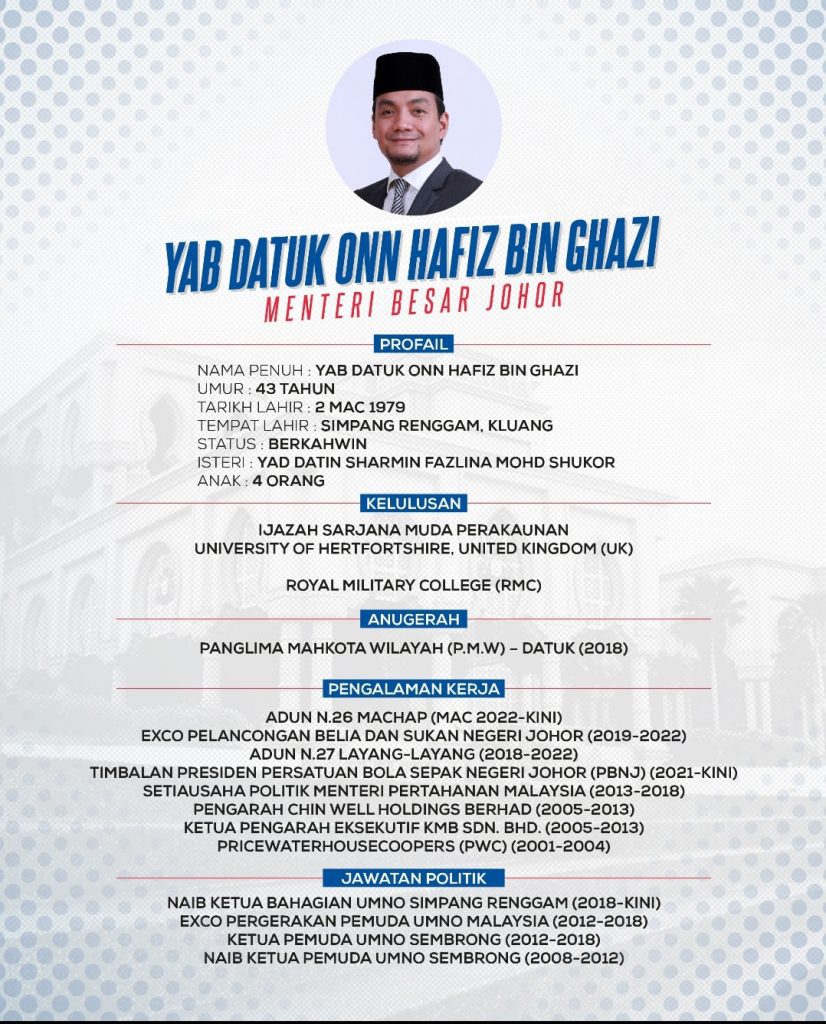Ahmad Farhan was interviewed by MalaysiaKini on 8 October 2025
By Dania Kamal Aryf
Summary
- Urbanists argue the Bukit Damansara protest against the Wisma Damansara redevelopment highlights a “troubling double standard”, as prominent residents rarely voice concerns over similar projects in lower-income areas.
- Segambut Muda notes that such news coverage is rare for ordinary locals, stressing that high-end development offers little benefit to the urban poor and risks forced evictions.
- Experts propose solutions like a transit-oriented development approach near the Semantan MRT station to mitigate traffic and congestion concerns.
Nearly 300 residents of Bukit Damansara – including former health minister Khairy Jamaluddin and AirAsia CEO Tony Fernandes – gathered last week to oppose the redevelopment of the neglected Wisma Damansara building on Jalan Semantan.
They claimed that it would worsen traffic and destroy the area’s “suburban character”.
However, urbanists argued the protest underscores a troubling double standard: while unsustainable development in Kuala Lumpur remains a legitimate concern, such issues should not be confined to high-income areas alone.
Experts stressed that the concerns raised are valid but not unique to Bukit Damansara, and could be mitigated through sustainable planning, community engagement, and improved public transport.
“With a quarter of Malaysia’s population residing in Klang Valley, the region faces mounting concerns pertaining to energy consumption and traffic congestion.
“Uncontrolled urban sprawl remains one of Malaysia’s most prominent urban planning challenges, with Klang Valley being the main culprit of this phenomenon,” said Ahmad Farhan, an urban and transport policy researcher with the Institute of Strategic and International Studies (Isis) Malaysia.
Repurposing underutilised spaces such as Wisma Damansara could help, but holistic development must follow proper channels and adhere to local plan guidelines and plot ratios, he said.
While compact cities can encourage more sustainable and efficient land use, developments without proper consideration for infrastructure capacity risk leaving residents worse off.
He said authorities must communicate both the harms of urban sprawl and the benefits of increased housing, including lower rents, while addressing legitimate concerns about overdevelopment and congestion.
Elite voices get brighter spotlight
During last week’s demonstration, protesters held placards that read “Save Bukit Damansara” and “Say no to skyscrapers”.
Netizens widely criticised the protest as “double standards” from ultra-wealthy residents, questioning why these prominent individuals failed to voice concerns when other areas in Kuala Lumpur were similarly affected.
Segambut Muda chief Fayyadh Jaafar noted the coverage was “a level of concern that ordinary locals rarely receive”.
“On one hand, I’m glad that the issue of unrestrained development is getting airtime. On the other hand, it’s hard to ignore that this protest gained traction because of who was behind it.
“When you have former ministers, CEOs, and celebrities holding placards in a leafy suburb, the media and authorities snap to attention,” he said.
“This episode is prompting a broader conversation: if even the rich feel our city’s development is out of control, maybe we’ll see more scrutiny applied to all projects, not just the ones in elite postcodes.”
Focus on urban poor
The protest amongst the area’s ultra-wealthy also failed to address concerns high-end developments posed to ordinary locals, especially the urban poor in such an economically diverse constituency, Fayyadh stressed.
“Segambut is an area of contrasts – swanky condos on one side, modest kampung houses or low-cost flats on the other. With land values rising, there’s pressure to redevelop the latter.
“We need to ensure ‘urban renewal’ doesn’t become a byword for evicting lower-income residents,” he said.
High-end, high-density projects often have little direct benefit for lower-income residents and can even harm them, Fayyadh said, with some living on temporary occupation land or are even considered “squatters”.
“When a fancy development springs up nearby, a few things typically happen: such as rising cost of living, and pressure to evict and demolish,” he added.
Despite being in the same constituency as Bukit Damansara, these residential areas still lack adequate water and sanitation infrastructure while also frequently being affected by flash floods, he noted.
“These kampungs in Segambut aren’t asking for skyscrapers. They’re asking for proper drains, streetlights, and legal land titles… basic road upgrades, proper street lighting, and sidewalks are all part of this infrastructure gap, too.
“But when the focus is on big developments, I fear the voices of those in ‘non-high-end’ areas get drowned out,” he said.
With the Urban Renewal Act looming, Fayyadh highlighted the risks of forced evictions that high-end development projects pose, and urged authorities to safeguard and fairly compensate those most likely to be affected.
Prioritise transit over traffic
While Bukit Damansara protesters raised concerns over worsening traffic congestion as an inevitable outcome of overdevelopment, civic design practitioner Ernest Wong dismissed the problems as “not unique”.
“If we hold the view that every residential development would be a generator for motor traffic, then Kuala Lumpur’s housing market would grind to a halt and prices for housing would rise to become a true crisis like that we see in the US and much of Europe, where housing is severely unaffordable due to overregulation,” he said.
Wong stressed the proposed site was only 400m from the Semantan MRT station, which functions as a transit hub for connecting buses, but also acknowledged that public transport infrastructure within the area could still be improved.
However, he emphasised that problems surrounding urbanisation and congestion would be best resolved through improvements in public transport accessibility and policies incentivising public transport use rather than halting high-rise development altogether.
Similarly, Farhan acknowledged the redevelopment could worsen congestion if car-centric approaches are adopted, but said the issue could be mitigated through a transit-oriented development (TOD) approach.
“This presents an opportunity to test the building’s redevelopment in accordance with the tenets of TOD, where developments are centred around public transit stations as an anchor.
“Successful TODs are those within close proximity to dense office, residential, and commercial areas: a role which the nearby Semantan MRT can play,” he explained.
Restrictions in residential density would only lead to inflated rental costs and discourage urban dwellers, he added. The issue should be seen as an avenue to encourage more community participation in planning.
“Development which encourages community involvement while also efficiently utilising space will positively impact local residents. Community participation will help foster trust between local communities and the government.
“Establishing this goodwill is the key to socialising policies and executing projects which impact communities directly,” he said.
Affordable homes
Fayyadh said, high-end projects like the one proposed for Bukit Damansara are often catered to upscale buyers and foreign investors rather than locals.
He said new projects should include plans to uplift the surrounding community, whether through infrastructure upgrades, affordable housing units, or community development funds.
“To put it bluntly, the urban poor in Segambut stand little to gain, and much to lose. They won’t be living in the new luxury towers, but they will live with the increased traffic those towers bring.
“Ultimately, urban development should benefit all urban dwellers, not just the wealthy. Unless policies change, these flashy developments will keep highlighting our city’s underlying inequality,” he added.
This article was first published in MalaysiaKini, 8 October 2025





